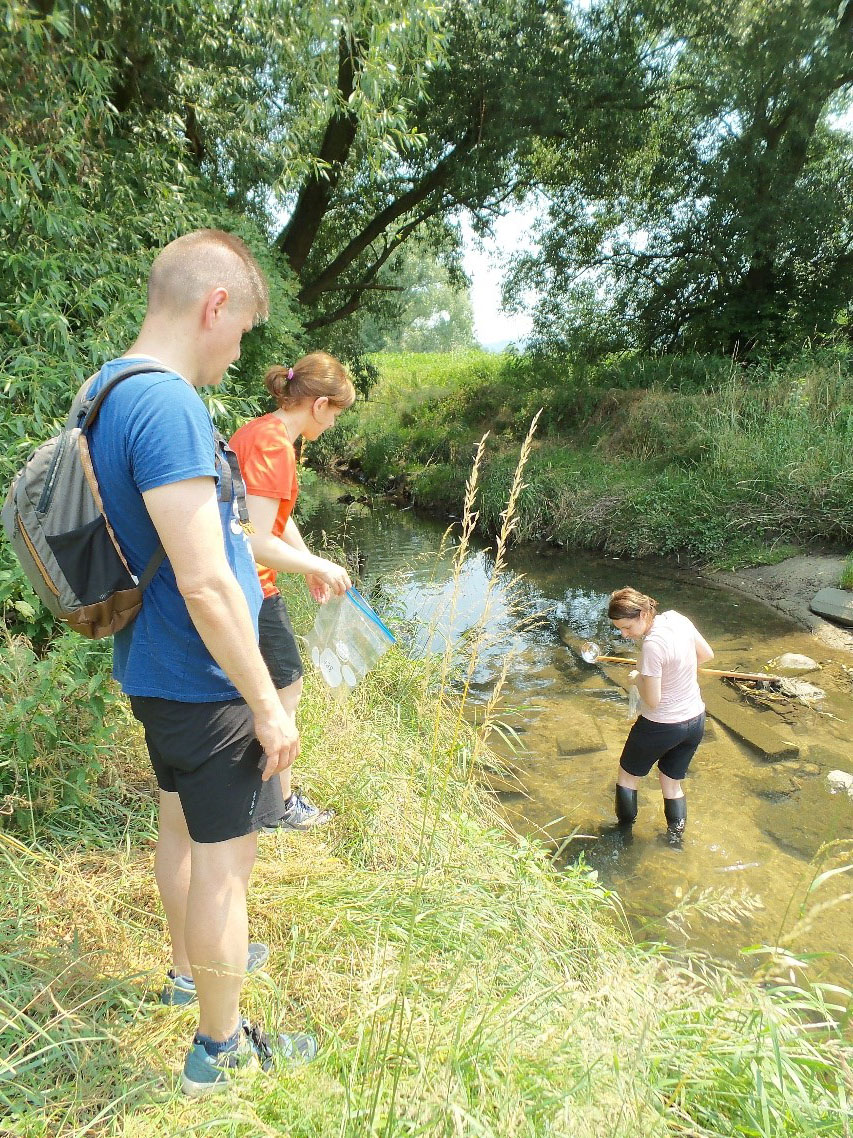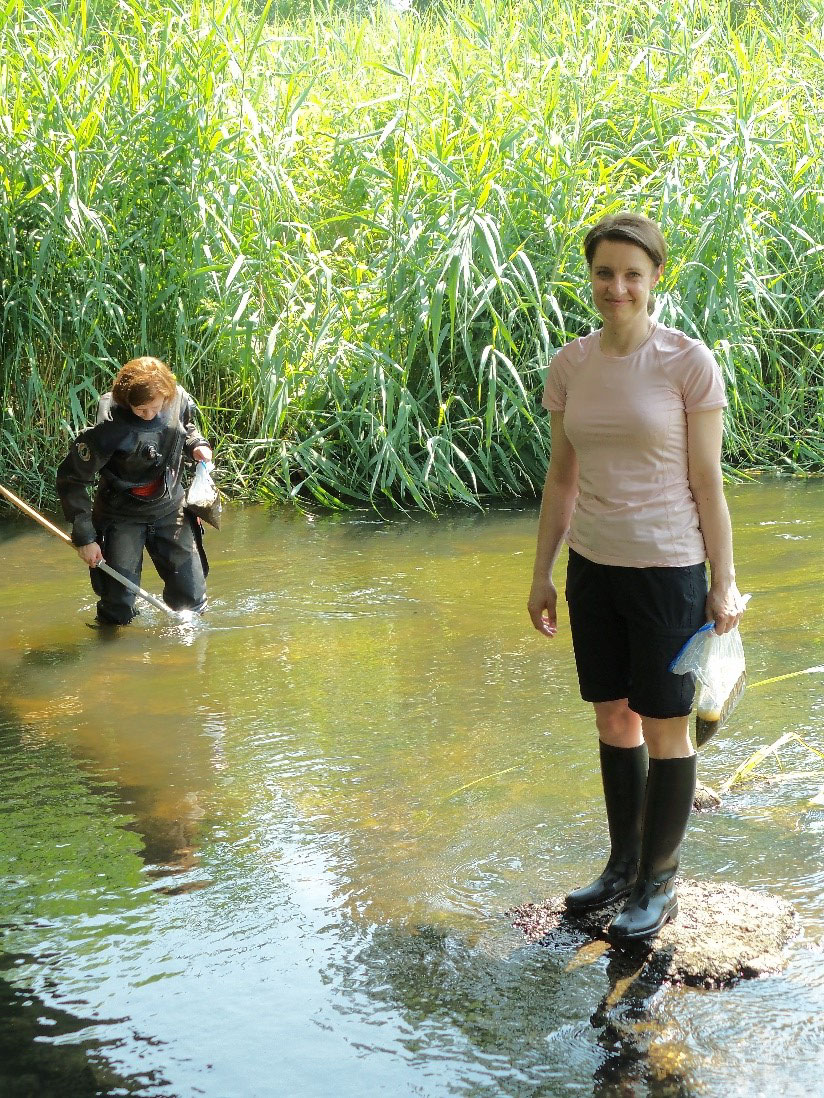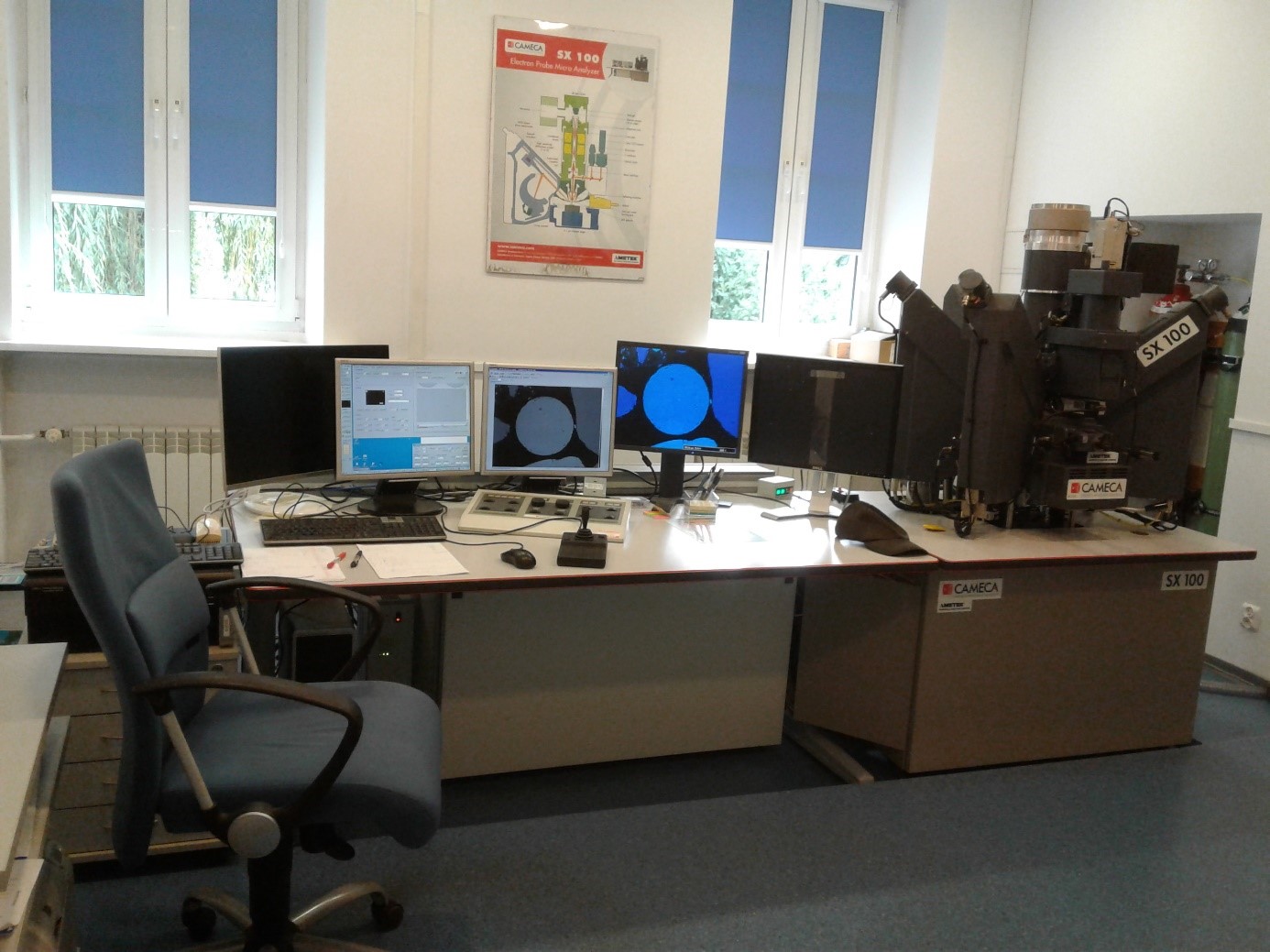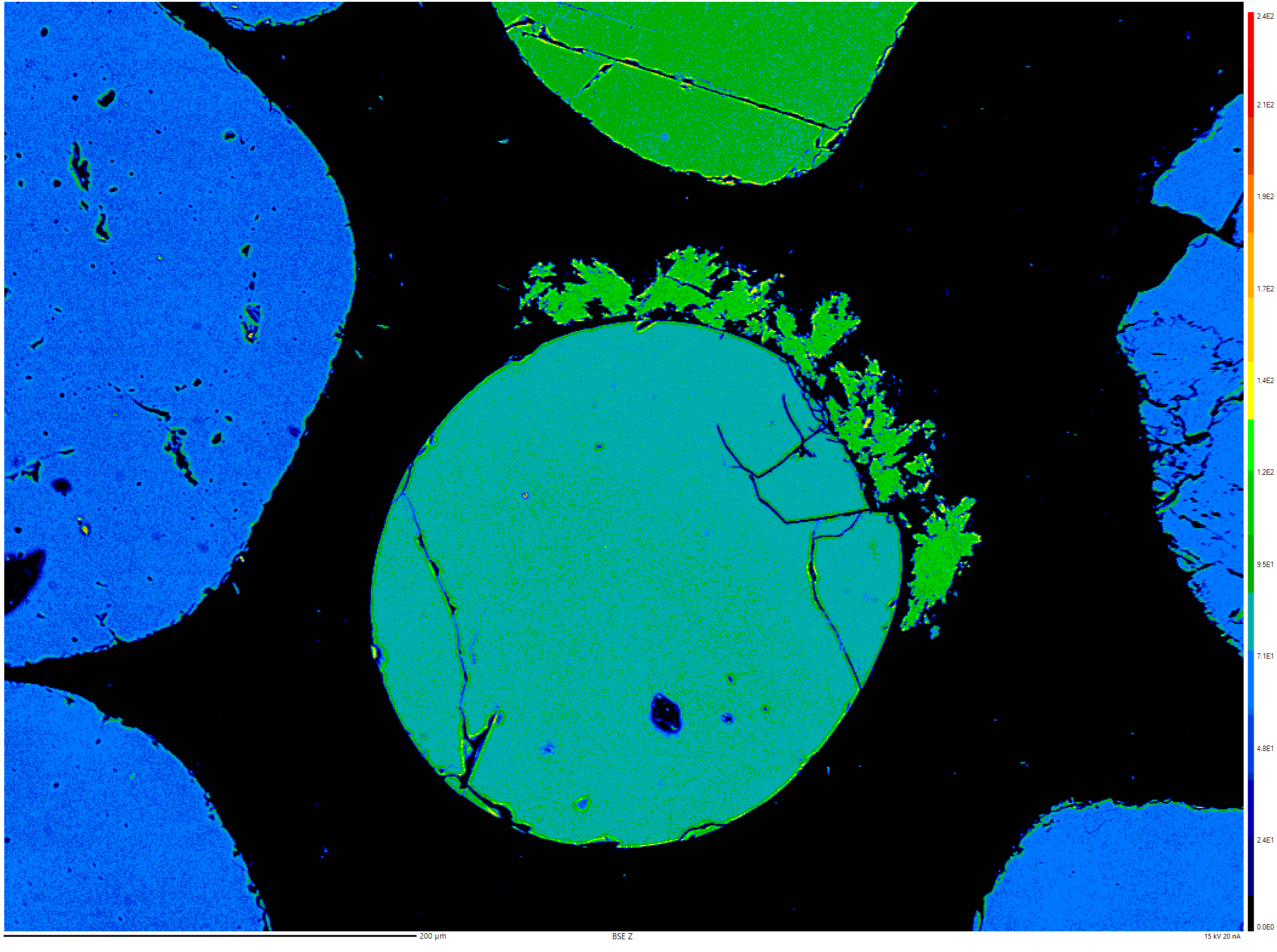Glass microspheres - a new indicator of the fate of road dust in the natural environment
The main objective of the study is to characterise and assess the extent of fluvial and aeolian transport of glass microspheres, which constitute the main component of paints used to paint horizontal road signs.
Sub-objectives include:
- characteristics of the quality and quantity of glass microspheres in road dust, river sediments and roadside soils;
- developing the best method of identifying and separating glass microspheres in the studied environmental components;
- performing micro-analyses of glass microspheres using an electron microprobe (EMPA) to assess the content of potentially toxic elements (antimony, arsenic, lead).
Studies conducted so far have shown that glass microspheres are the best indicators of road dust coverage. These microspheres were found in river sediments within 25 km from the main pollution sources (storm sewers in Kielce) and in roadside soils up to 60 m from the edge of the road. The results of this research have been published in two prestigious journals: Journal of Hazardous Materials and Science of the Total Environment.
prof. dr hab. Zdzisław Migaszewski
e-mail: zmig@ujk.edu.pl
prof. dr hab. Agnieszka Gałuszka
e-mail: agnieszka.galuszka@ujk.edu.pl; phone (41) 349-70-26
dr hab. Sabina Dołęgowska, Prof. of JKU
e-mail: sabina.dolegowska@ujk.edu.pl; phone (41) 349-70-23
dr Artur Michalik
e-mail: artur.michalik@ujk.edu.pl; phone (41) 349-65-95
chemical sciences
ADDITIONAL INFORMATIONhttps://projekty.ncn.gov.pl/index.php?projekt_id=470124
BUDGETPLN 379 200.00
FUNDING INSTITUTIONNational Science Centre
PROJECT DURATION27.07.2020-26.07.2023
KEYWORDSsoil, river sediment, road dust, glass microspheres, natural environment












